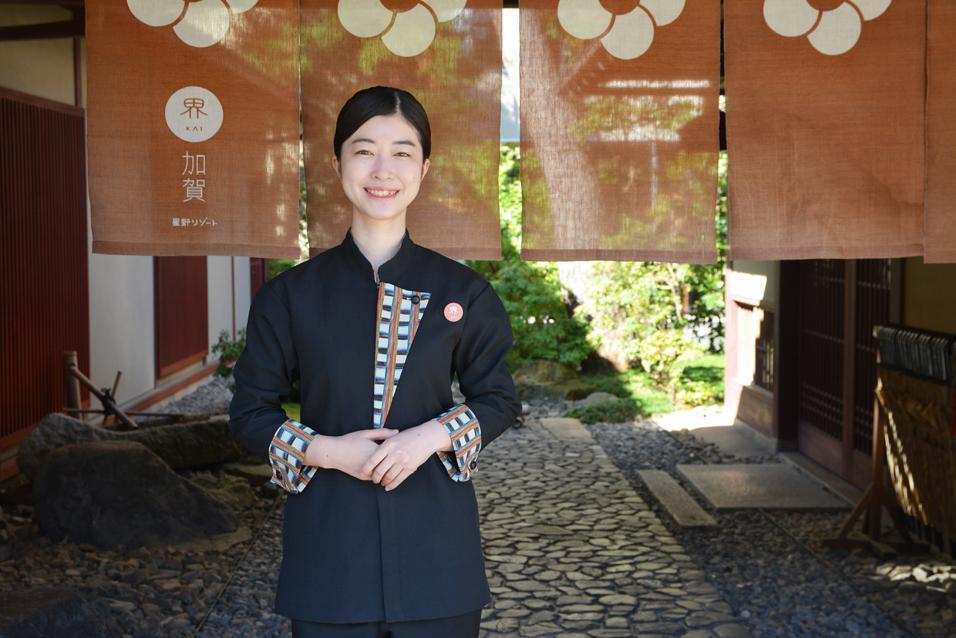A tentative plan admitted a separate station had better be established for Takaoka Station on the Hokuriku Shinkansen [25-year ago today]
In a debate over whether to build a separate station for the Hokuriku Shinkansen, Mayor Sato Takashi, who chairs the Takaoka City Shinkansen Issue Forum, solidified a tentative plan by the 9th that a separate station must be established.
Mayor Sato Takashi plans to present a tentative plan at the next Takaoka City Shinkansen Issue Forum. He informally informed it of the Takaoka Chamber of Commerce and Industry, city council members, and prefectural assembly members, who favor building a new station alongside the current station, in advance.
Q. Why did Shin-Takaoka Station become a separate station? What was the background?
Shin-Takaoka Station on the Hokuriku Shinkansen opened in 2015 as a separate station about 1.5 km south of the Takaoka Station.
The decision by Takaoka City and the Takaoka City Council to build the separate station dates back to November 1982.
The government decided on the development plan for the Hokuriku Shinkansen, including the Hokuriku Shinkansen, in 1973, and Takaoka City decided to build a separate station in November 1982.
In the background, a feud existed between the local business community, which called for the new station with the existing station, and then-Mayor Kenji Hori, supported by agricultural organizations. Past newspapers said Takaoka City pushed through the separation plan.
However, even after the development plan was completed, the construction didn’t proceed due to the economic situation and management situation of the privatized Japanese National Railways. The plan for the routes and development methods changed several times.
While locals called for an early start to construction, the Committee for Reviewing the Development of the Shinkansen was held by the Liberal Democratic Party in 1993.
In August, a new government inherited the development review.
In line with these movements, the Takaoka Chamber of Commerce and Industry began to call for the Shinkansen station to be together with the existing station.
In April 1995, about 20 representatives of the Takaoka shopping district held an economic meeting at the Daiwa Departmentstore of Takaoka and proposed the co-location of the two stations.
Support came from other business communities in the Noto region, including the Nanao Chamber of Commerce and Industry.
The Governor of Ishikawa Prefecture and other leaders of cities along the line in Toyama Prefecture, however, expressed deep concern over the plan to build the Shinkansen station with the current station, which would require further delays to the construction schedule.
Although the Takaoka Chamber of Commerce and Industry repeatedly requested then-Mayor Sato Takashi to change the basic construction plan that had made the separate station the default route, the plan was not overturned.
If the plan were to be changed to build the Shinkansen station with the current station, residents around the station, including neighboring areas such as Daimon and Kosugi in Imizu City, must have been removed, and the construction of separated crossings would be necessary, resulting in huge costs.
Takaoka City estimated the cost of building the Shinkansen station alongside the current station at 185 billion yen, which would be 55 billion yen more expensive than building a separate station.
The government would not approve either because the attempt would overturn the decisions on the fundamental route plan, and then-Mayor Sato Takashi solidified the tentative plan above from a comprehensive perspective.
参考富山新聞
北國新聞
北陸新幹線のあゆみ - 北陸新幹線建設促進同盟会
市街地衰退 再生模索 起業支援にぎわい創出へ - 読売新聞
幻の北陸新幹線「加越トンネル」建設中止から20年以上、その名残いまも富山の山奥に - 乗りものニュース
歴代内閣 - 首相官邸










Like op-ed
For this article, we are waiting for your positive, constructive and responsible opinions and comments. Only members can post.
Only members can post. please login.